| Sorted by date |
page216from Building Ideas
Friedrich
Schleirmacher is the figure most often credited with this innovation, a
professor of theology who saw hermeneutics as a method for eliminating
misunderstanding. His view that the understanding of a text depended on an
understanding of the author can be seen as a consequence of Kant’s notion of
art as the product of individual genius. This Romantic concept of the
individual as the origin of all meanings has been challenged, as we now know,
by the twentieth century philosophies of structure. However, in the early
nineteenth century rebellion against the constraints of classical traditions, a
new impetus was added to the search for reliable principles of interpretation.
Schleiermacher developed the notion of the “hermeneutic circle” to describe the
interpretation of a text based on the relationship between part and whole. This
could involve working from the details in order to build up a sense of the
whole or, more reliably, working dialectically from both directions at once. Included
in this process would be a study of the author’s intentions which would again
be compared with the actual content of the written text. The spatial figure of
the circle also suggests another factor, the idea of a tradition being formed
by a shared community of understanding. This again becomes important in later
versions of hermeneutics where the idea of belonging becomes an influential
theme.
This
subjective approach was picked up by the next great innovator in hermeneutics,
another German, Wilhelm Dilthey, who was a professor in Berlin from 1882.
Dilthey opposed the philosophy of positivism that had followed the spread of
science and instead tried to define the “human sciences” as dependent on a
fundamentally different form of knowledge. He set out to do for the humanities
what Kant had done for science, in the sense of inquiring into the “conditions
of possibility of “, not “pure” but historical reason. This was based on his
distinction between explanation and understanding, where the former is the
province of science and the latter of the humanities. Understanding for Dilthey
was based on the historical context of the work, although the emphasis, as with
Schleiermacher, was on the mental life of the author. It was only in the
twentieth century with Martin Heidegger, in the book Being and Time, that the
hermeneutic question
|
|
|
 ... ...
... ... ... ...
... ... ... ...
... ...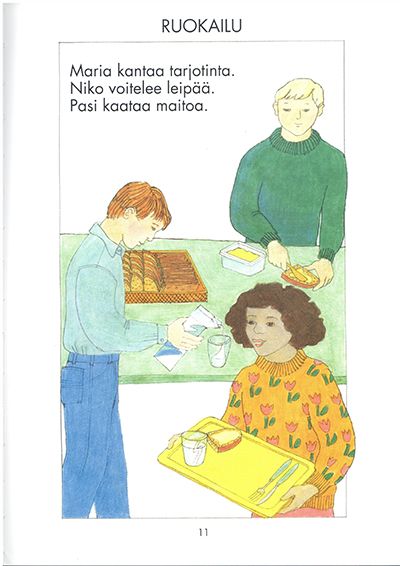 ... ...
... ... ... ...
... ...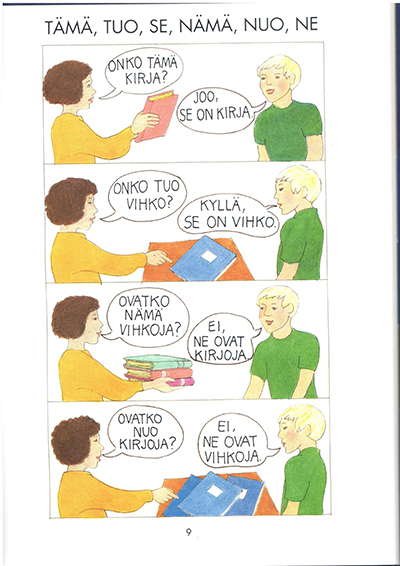 ... ...
... ...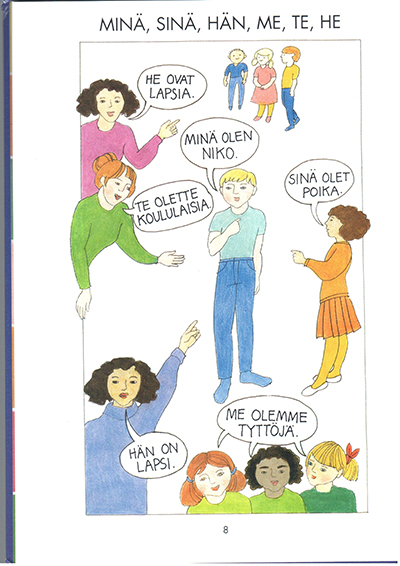 ... ...
... ...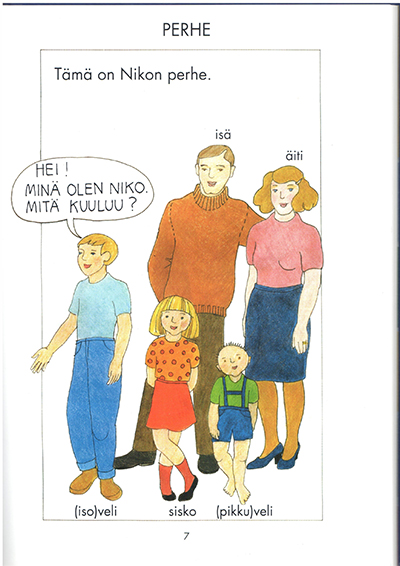 ... ...
... ... ... ...
... ...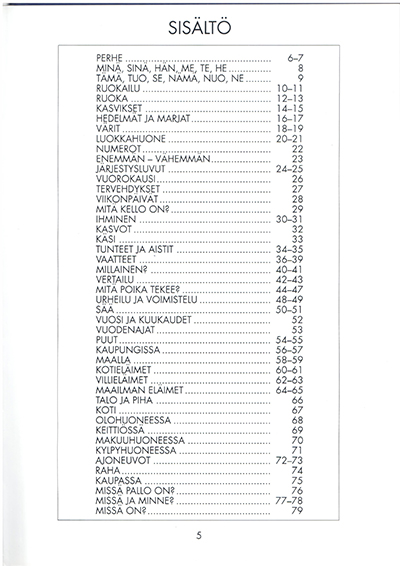 ... ...
... ... ... ...
... ... ... ...
... ...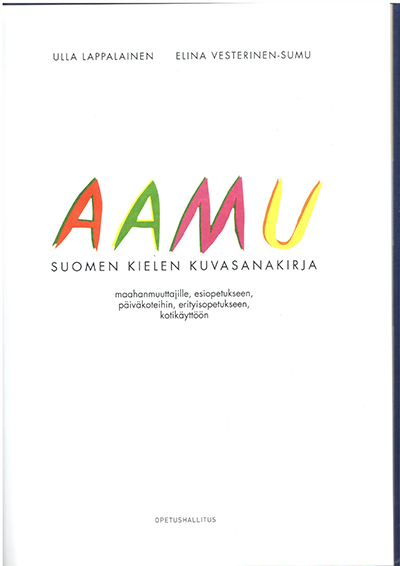 ... ...
... ...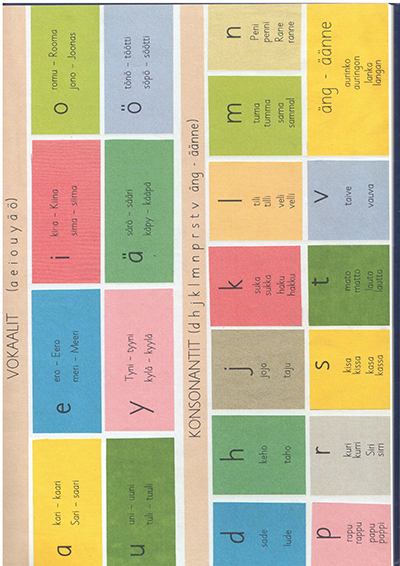 ... ...
... ...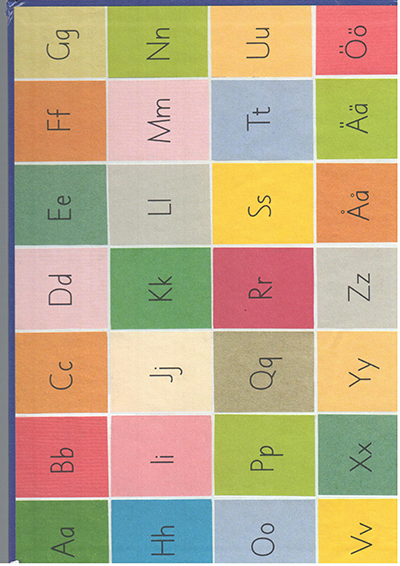 ... ...
... ...